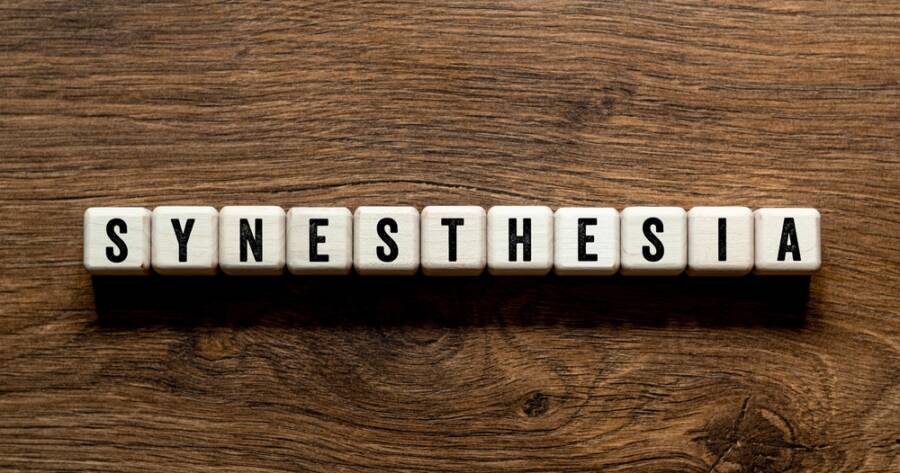Synesthesia is a rare and fascinating condition where the senses intertwine in unexpected ways. Imagine hearing a song and seeing vibrant colors dance before your eyes or tasting flavors when reading specific words. For those with synesthesia, these extraordinary experiences are a part of everyday life. Understanding what it is, how it works, and what can be done about it is essential to appreciating this unique sensory phenomenon.
What Is Synesthesia?
Synesthesia is a neurological condition where stimulation of one sense triggers an automatic, involuntary experience in another. For example, someone with synesthesia might see specific colors when they hear particular sounds. Although it might sound like something out of a science fiction movie, synesthesia is real and affects about 4.4% of the population.
This condition isn’t uniform, meaning that it can manifest in various ways depending on the individual. Some people might taste words, while others might see colors when they hear music. This blending of senses is involuntary and consistent. For instance, if a person with synesthesia always sees the color blue when they hear a violin, this will likely happen every time they hear that instrument.
Common Types of Synesthesia
There are several types of synesthesia, each with its own unique experiences. One of the most common types is grapheme-color synesthesia. In this form, letters or numbers are perceived as inherently colored. Another type is chromesthesia, where sounds automatically and involuntarily evoke an experience of color, shape, or movement. Lexical-gustatory synesthesia is rarer, where certain words trigger taste sensations.
Each type of synesthesia offers a glimpse into how differently people with this condition experience the world. These experiences are usually consistent over time, meaning the same triggers will produce the same sensory responses throughout a person’s life.
Causes of Synesthesia
The exact cause of synesthesia is still a mystery, but research suggests that it may be related to increased connectivity between sensory regions in the brain. Some scientists believe that synesthesia is a result of genetic factors. It’s not uncommon for multiple members of the same family to experience synesthesia, indicating a possible hereditary link.
Another theory is that synesthesia occurs due to an unusual pattern of neural development, in which the boundaries between sensory areas in the brain become blurred. Such blurring could lead to cross-wiring between senses, producing one of these variations. Until researchers make a breakthrough, however, there’s no commonly agreed-upon cause of synesthesia.
This blurring could cause the cross-wiring that leads to the blending of senses. While the exact cause remains unknown, these theories provide a framework for understanding why synesthesia occurs.
Symptoms of Synesthesia
The primary symptom of synesthesia is the involuntary connection between different senses. For instance, someone with synesthesia might see colors when reading letters or numbers, or they might associate specific sounds with particular tastes. These experiences are consistent and automatic, meaning they happen every time the stimulus is present without conscious effort.
Other symptoms can include heightened memory, as the additional sensory input can help with recall. For example, a person might remember a name better because it evokes a specific color. People with synesthesia often describe their experiences as pleasurable and not something they would want to lose, despite its sometimes overwhelming nature.
Diagnosing Synesthesia
Diagnosing synesthesia can be challenging because it’s a subjective experience. There’s no medical test that can definitively determine if someone has synesthesia. Instead, diagnosis is usually based on self-reporting and consistency of experiences. For example, if someone always sees the color red when they hear a specific sound, and this has been consistent over time, they may be diagnosed with synesthesia.
Some researchers use tests that measure consistency in responses over time to help confirm a diagnosis. These tests might involve showing a person letters or numbers and asking them to report the colors they see, then repeating the test later to check for consistency.
Treatments for Synesthesia
There is no cure for synesthesia, and for many people that’s fine. In fact, many synesthetes view their condition as a gift rather than a burden. They don’t seek treatment for the condition because it doesn’t negatively affect their daily lives.
However, for those who deal with sensory overload and find it distressing, therapy can help manage the experience. Cognitive-behavioral therapy (CBT) might be used to help a person adjust to their unique sensory experiences. In the rare instance that an individual’s synesthesia is linked to an underlying neurological issue, treating the root cause may help reduce their symptoms. But in most cases, the goal of treatment is to help individuals cope with their sensory experiences.
Living with Synesthesia
For many people, synesthesia is a part of who they are. It’s not just a condition but a different way of experiencing the world. Some synesthetes find that their unique sensory experiences enhance their creativity and artistic abilities. For example, a musician with chromesthesia might use their perception of colors triggered by sounds to create music that is more vivid and dynamic.
While living with synesthesia can sometimes be challenging, particularly when it leads to sensory overload, many synesthetes learn to embrace their condition. They may even use it to their advantage in creative and professional endeavors.
Learn More About Synesthesia
Synesthesia is a unique and intriguing condition. Most people with synesthesia view it as a positive aspect of their lives, adding richness and depth to their daily experiences. And for the rest of us, it’s a teasing glimpse into the depths of human perception.
Whether through colors, sounds, or tastes, synesthesia opens up a world of sensory connections that most of us can only imagine. By understanding this condition, both synesthetes and onlookers can better appreciate the complexities of the human brain.

